Can You Remove Hot Glue From Fabric? 4 Safe Ways
Did hot glue drip onto your favorite shirt or craft project? Don’t worry. This common crafting mishap is often fixable with simple household items. This guide will show you easy, tool-free ways to remove hot glue and save your fabric.
1. Before you start: two crucial first steps
Before you try to remove the glue, these two steps are super important. They will help you do a better job and keep your fabric safe.
1.1 Let the glue dry completely
Trying to wipe away warm hot glue will only smear it deeper into the fabric fibers. Always wait for the glue to cool and harden completely, as it becomes brittle and much easier to remove.
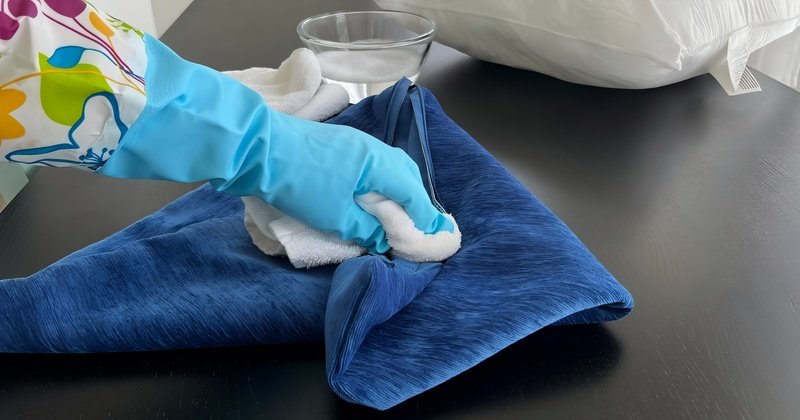
1.2 Always perform a spot test
Before applying any method, test it on a small, inconspicuous area of the fabric, like an inside seam or hem. This check for colorfastness or potential damage is vital.
If the test spot shows any adverse reaction, do not use that method on the visible glue stain. This is especially important for delicate materials or fabrics with prints.
2. Method 1: The freezing method
This method uses cold to make the hot glue hard and brittle, causing it to lose its grip on the fabric. It’s often the safest first method to try.
2.1 What you will need
- Your freezer.
- Something with a dull edge to gently scrape or lift the glue. For example, a butter knife, the edge of a spoon, an old plastic card, or even your fingernail if the glue is loose.
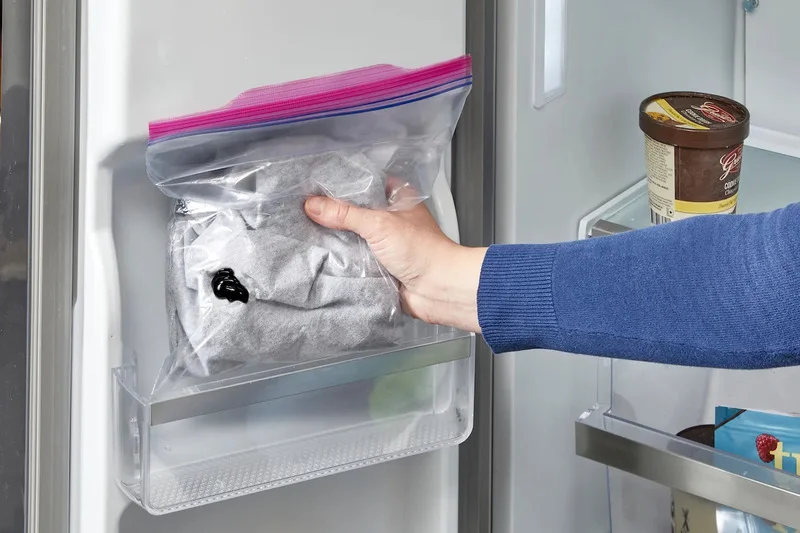
2.2 Step-by-step instructions
- Place in freezer: Place the fabric item in the freezer for at least 30-60 minutes. For larger glue spots, you may need more time.
- Work quickly: Once removed from the freezer, work while the glue is still frozen and hard.
- Peel or scrape: Gently peel the hardened glue off the fabric. It will often pop off in one piece or large chunks. Use your dull tool to carefully pry up the edges.
- Remove leftovers: Gently scrape away any small remaining bits.
2.3 Tips for this method
- If the glue doesn’t come off easily, don’t pull too hard. It might mean the glue is not cold enough. Put it back in the freezer for another 30 minutes and try again.
- This freezing method is usually a good first choice for many fabrics. It’s good for strong fabrics like denim (jeans), cotton, and many man-made fabrics (synthetics) because it doesn’t use any chemicals. Some people also remove hot glue with ice, but the freezer is more effective.
3. Method 2: The ironing method
This method uses gentle heat from an iron to soften the hot glue. Then, the softened glue sticks to another piece of cloth or paper, moving it off your fabric item.
3.1 What you will need
- A household iron.
- A clean piece of absorbent cotton cloth (like a piece of an old cotton t-shirt or a cotton rag). A plain paper towel can also work. Or, you can use a plain brown paper bag (like from the grocery store, but make sure it has no ink, wax, or plastic coating on it).
- An ironing board. If you don’t have one, use a flat table covered with a thick towel to protect it from heat.
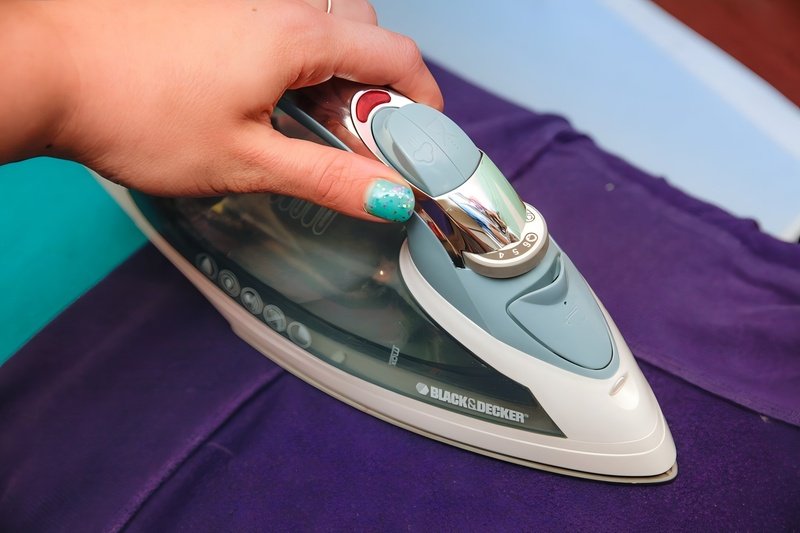
3.2 Step-by-step instructions
- Set your iron: Set it to a low or medium heat. Very important: do not use steam. Be careful with man-made fabrics (like polyester, nylon, acrylic). Start with the iron on the lowest heat setting as these fabrics can melt easily!
- Position fabric: Lay your fabric item on the ironing board with the glue spot facing up.
- Cover the glue: Place your clean cotton cloth (or paper towel, or piece of brown paper bag) directly on top of the hot glue spot.
- Apply heat: Press the warm iron onto the cloth/paper over the glue spot. Hold it for just about 5-10 seconds. Do not rub or move the iron around. Just press down gently.
- Lift and check: Lift the iron. Then, carefully lift the cotton cloth or paper. You should see that some of the glue has come off your fabric and stuck to the cloth/paper.
- Repeat: If there is still glue on your fabric, move to a clean part of your cotton cloth/paper and repeat steps 3-5. You might need to do this a few times until all the glue is gone.
3.3 Tips for this method
- Always do a spot test with the warm iron on a hidden part of your fabric first. This is super important if you are not sure what kind of fabric it is, or if you are working with man-made or delicate fabrics. This helps when you need to heat remove hot glue from clothes.
- Don’t leave the iron on one spot for too long. This can burn your fabric or melt man-made fabrics. It’s better to press for short times, many times.
- If you use a paper bag, make sure it’s plain brown paper. If the paper has ink or a shiny coating, it could transfer to your fabric with the heat. For hot glue removal from polyester with an iron, always use the lowest heat setting.
4. Method 3: Using rubbing alcohol
Rubbing alcohol, also known as isopropyl alcohol. It acts as a solvent for hot glue on clothes, making it easier to get off the fabric.
4.1 What you will need
- Rubbing alcohol (isopropyl alcohol): You can find this at a pharmacy or supermarket. A common one is 70% concentration. Always check how your fabric reacts to it in a spot test.
- Cotton balls, a cotton swab, or a clean, soft cloth.
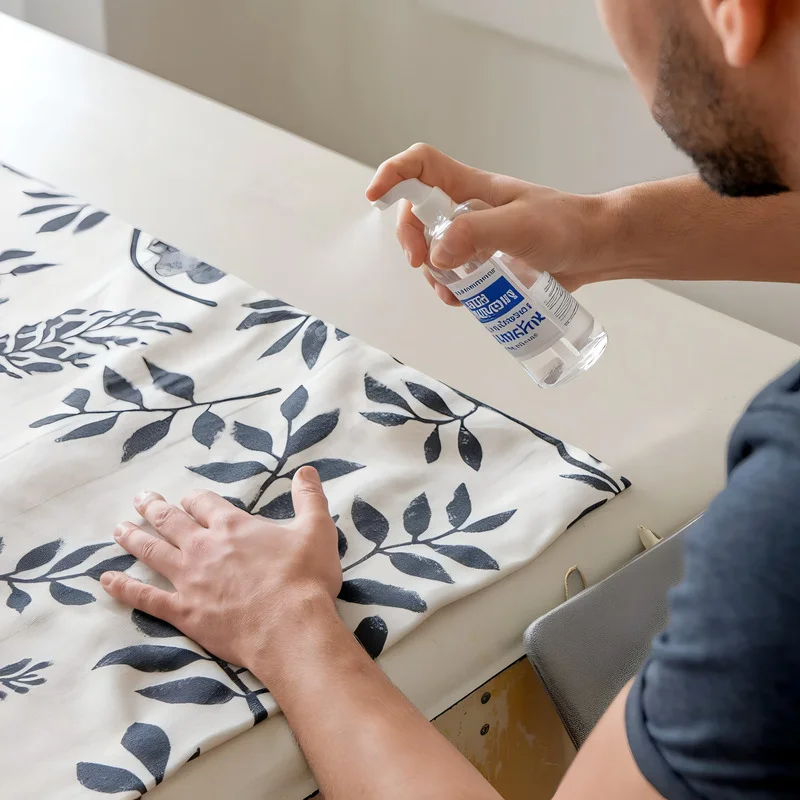
4.2 Step-by-step instructions
- Spot test: This step is essential. Apply a small amount of alcohol to a hidden area to check for color bleeding or damage.
- Apply alcohol: Dampen a cotton ball with alcohol and gently dab it onto the glue stain. Avoid soaking the surrounding fabric.
- Let it sit: Allow the alcohol to sit for 5-10 minutes to dissolve the glue.
- Remove glue: Gently scrape or peel the softened glue away with a dull tool or your fingernail.
- Repeat if needed: If glue remains, reapply the alcohol and try again.
4.3 Tips for this method
- Work in a well-ventilated area, as rubbing alcohol has a strong odor.
- This method is quite effective on many fabrics, provided the spot test is successful.
5. Method 4: Using acetone
Acetone is a stronger chemical cleaner than rubbing alcohol and can dissolve hot glue very well. You can use acetone to remove hot glue from fabric, but because it’s a strong solvent, there’s a higher chance it can damage or discolor some fabrics, especially man-made or delicate ones. Use this method with a lot of care.
5.1 What you will need
- Acetone: You can buy pure acetone. Some nail polish removers also have acetone in them (check the label – it should say ‘acetone’ as a main ingredient). Pure acetone is stronger.
- Cotton balls.
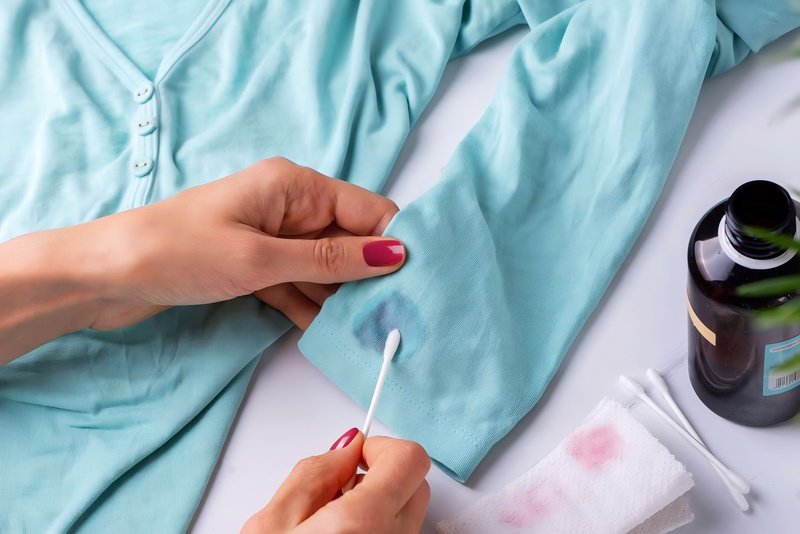
5.2 Step-by-step instructions
- Crucial spot test: Acetone can melt fabrics like acetate and modacrylic and can discolor others. If your spot test shows any damage, do not proceed.
- Apply acetone: If the test is successful, dip a Q-tip in acetone and carefully apply it only to the glue, avoiding the surrounding fabric.
- Let it work: Allow it to sit for a minute or two to soften the glue.
- Remove glue: Gently scrape or blot the dissolved glue away.
- Rinse: If the fabric care label allows, immediately rinse the area with cool water to remove any residual acetone.
5.3 Tips for this method
- Use acetone in a room with lots of fresh air. The fumes from acetone are very strong.
- Keep acetone away from fire or heat sources because it can catch fire easily (it’s flammable).
- Think of this method as a last resort for very, very stubborn glue, and only use it on fabrics that you know are safe with acetone.
- If you are not sure, or if the fabric item is very special, expensive, or delicate, it’s better not to use acetone. You might want to ask a professional dry cleaner for help.
6. After removing the glue: cleaning the fabric spot
After the glue is gone, it’s a good idea to clean the fabric spot to remove any tiny bits of glue or adhesive residue. If you used alcohol or acetone, it also helps remove any of that cleaner. Cleaning helps the spot blend back in with the rest of your fabric.

Simple cleaning steps:
- If you used rubbing alcohol or acetone: If the fabric care label says it’s okay, gently rinse the spot where the glue was with cool water. This helps wash away any leftover alcohol or acetone.
- For all methods: After you’ve removed the glue, it’s usually best to wash clothes after stain removal. Follow the washing instructions on the item’s care label.
7. What not to do when removing hot glue?
Here is a list of common mistakes to avoid when removing hot glue to prevent damaging your fabric:
- Don’t try to rub, wipe, or smear hot glue when it’s still fresh, hot, or warm. This will spread it and push it deeper into the fabric.
- Don’t use an iron that is too hot, especially on delicate fabrics or man-made fabrics like polyester or nylon. High heat can melt, burn, or make these fabrics shiny.
- Don’t pull, tear, or pick at the glue too hard if it’s not coming off easily with the method you chose. This can stretch, tear, or damage the fabric.
- Don’t forget to do a spot test! This is so important, especially when you use cleaners like rubbing alcohol or acetone, or when you use heat on fabrics you don’t know well.
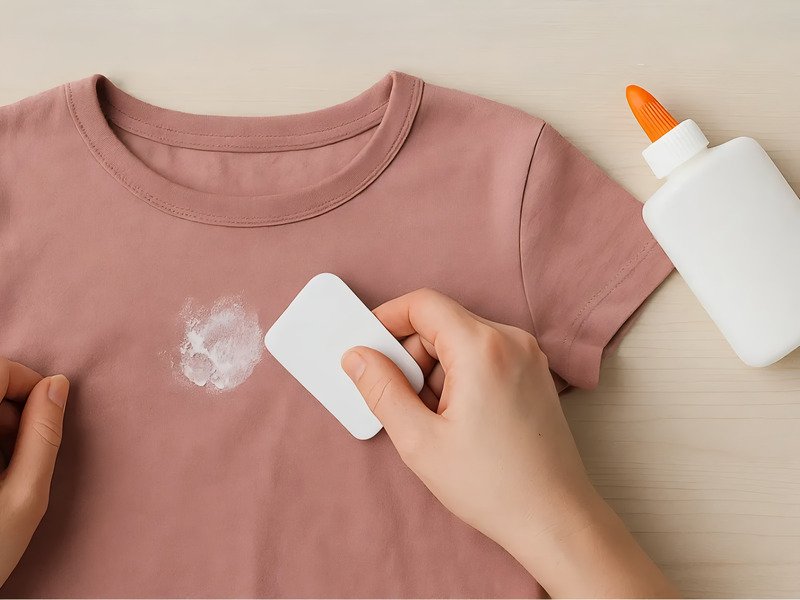
8. Special care for delicate fabrics
Some fabrics are very delicate and need extra special care, such as silk, satin, lace, chiffon, and some fine wools. Be super careful with these.
The freezing method is often the gentlest and safest first thing to try for these delicate fabrics as it doesn’t use chemicals. Just be very gentle when trying to lift the frozen glue when you want to remove hot glue from silk or a satin dress.
Do not use acetone on many delicate fabrics like silk or acetate. It can dissolve them or ruin them. For lace fabric glue removal, be extremely cautious.
If you think about using rubbing alcohol, you must test it very, very carefully on a part of the fabric that absolutely cannot be seen. You might try making the alcohol weaker by adding some water, but it can still be risky.
If the glue doesn’t come off easily with gentle freezing, or if the item is very precious or old, it’s best to ask a professional dry cleaner for help. They know how to handle delicate fabrics and special stains.
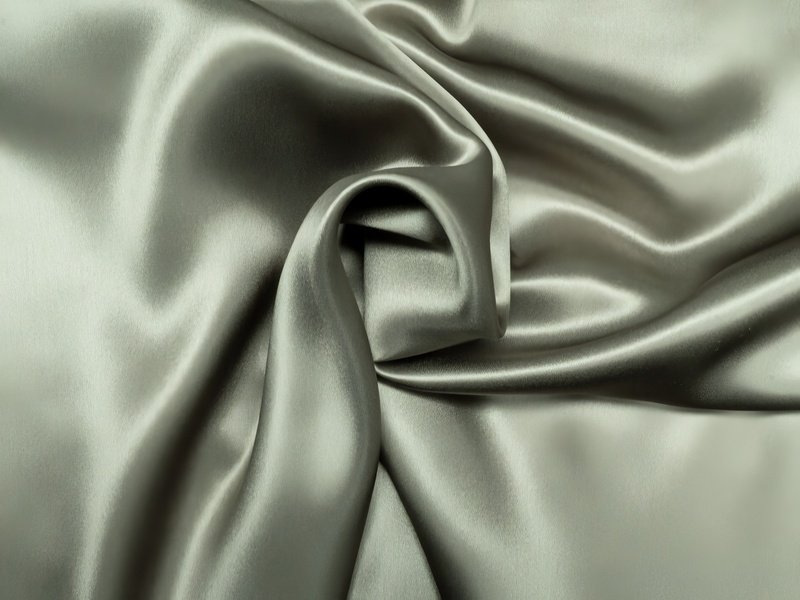
9. Frequently asked questions about removing hot glue from fabric
9.1 Is it better to remove hot glue when it’s wet or when it’s dry?
Always wait for the hot glue to dry. If you touch it when it’s wet or warm, it will smear and go deeper into the fabric, making it much harder to get out.
9.2 Will these methods damage my clothes?
If you follow the instructions carefully, especially the most important step of always doing a spot test on a hidden part of the fabric first, you lower the chance of damage.
Some methods are gentler (like freezing), while others (like using acetone) are stronger and have more risk. Choose the method that is best for your fabric type and always be careful.
9.3 What if some glue is still there after trying a method?
Don’t worry! You can try the same method again. Be patient and gentle. For example, you might need to put the item back in the freezer, or put more rubbing alcohol on the spot.
If one gentle method didn’t work completely, you could try another gentle method. For very small, stubborn hot glue residue, sometimes you can carefully scrape it with your fingernail or a dull tool after freezing.
9.4 Can I use these methods to remove hot glue from carpet or upholstery?
Some of the ideas are similar (like freezing or carefully testing cleaners). But carpets and furniture fabric are different from clothing fabric. They often have special backings or different types of fibers.
This guide is mainly for clothing and similar fabrics. For hot glue carpet removal or upholstery, you should always test any method in a place no one can see first. It’s also a good idea to look for advice that is specifically for carpets or upholstery.
9.5 What about removing glitter hot glue or colored hot glue from fabric?
The same removal methods should work because you are trying to remove the sticky glue part. The glitter or color is just mixed into the glue.
The main worry would be if a strong cleaner could make the color from the glue spread onto the fabric, especially with glitter glue on light colors. This is another reason why spot testing is so important, especially if you have colored glue on light-colored fabric.
9.6 What’s the safest way to remove hot glue from polyester fabric?
To safely remove hot glue from polyester, the freezing method is usually very safe because it doesn’t use chemicals or heat that could melt the fabric.
The ironing method can also work, but you must use a very low heat setting on your iron and put a protective cloth between the iron and the polyester.
Always do a spot test first because polyester can melt easily. Rubbing alcohol might be an option, but you need to do a careful spot test to make sure it doesn’t change the color or look of the polyester. It’s best to avoid acetone with polyester if you can.
Explore more:
A hot glue spill doesn’t have to be a disaster. As we’ve shown, with patience, a gentle touch, and the right method, you can often save your fabric.
Always remember to perform a spot test before treating the stain to ensure the best results. We hope these tips help you rescue your favorite items from hot glue!






















